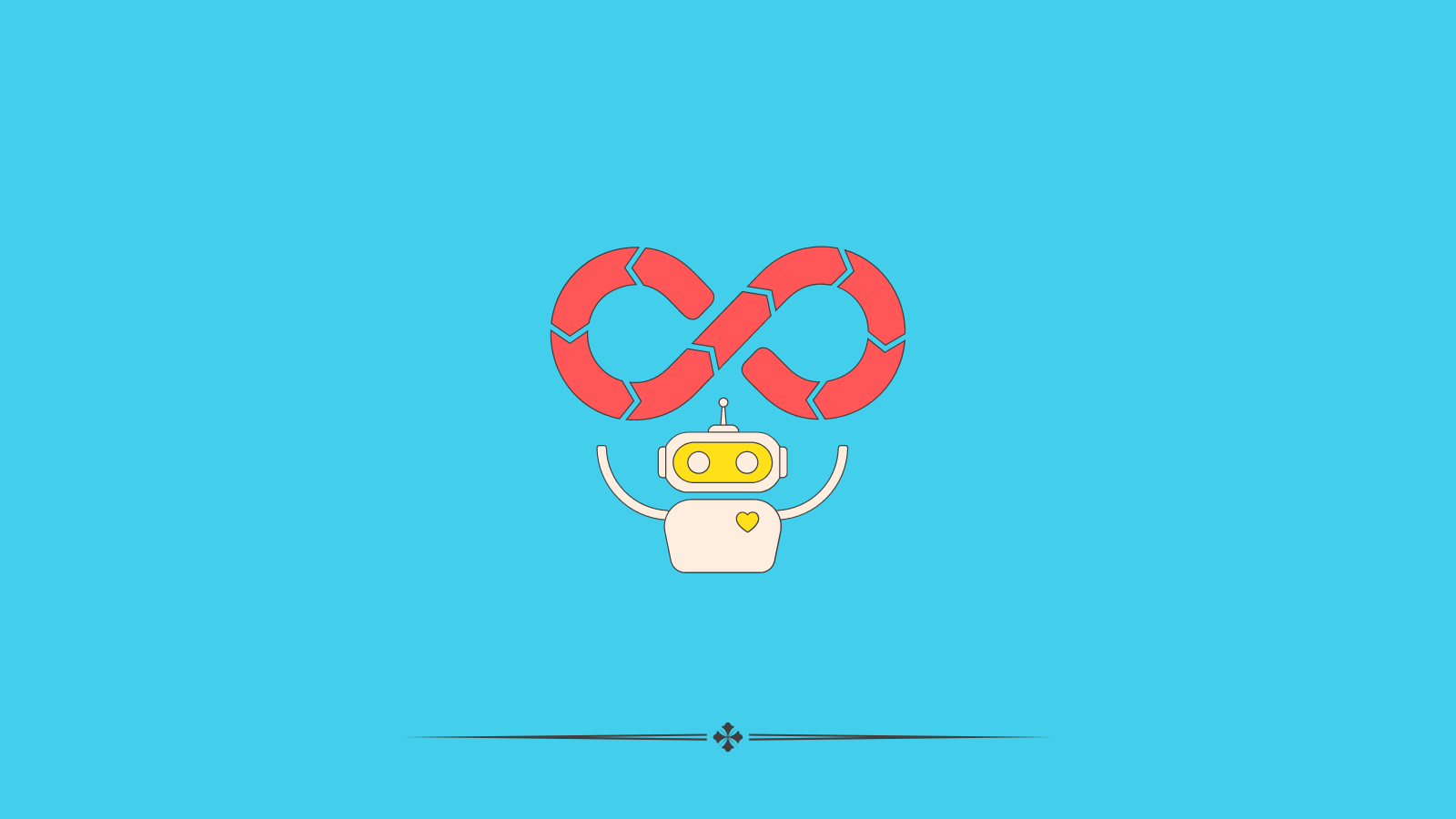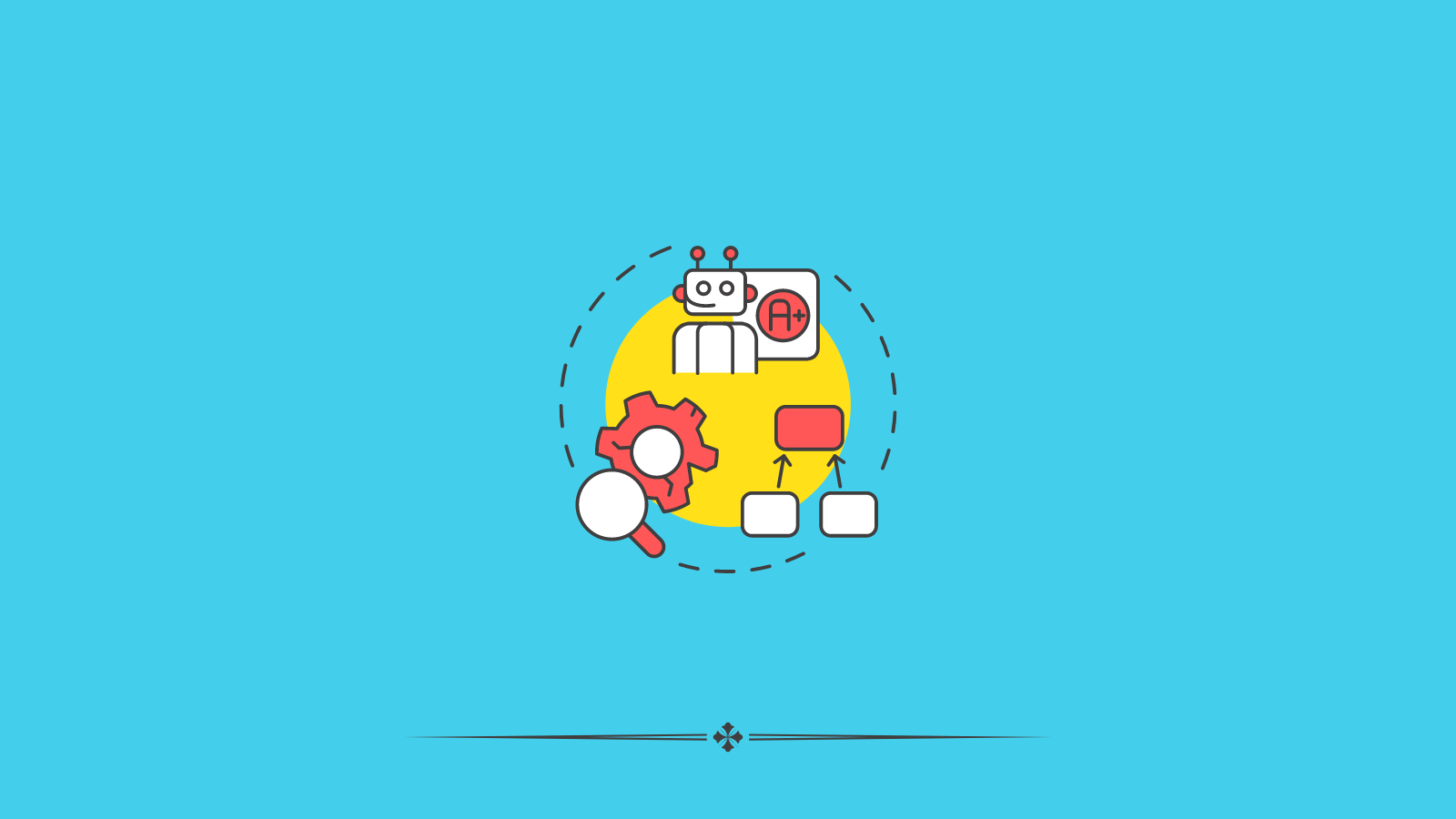The Future of Animation Marketing: How AI is Transforming Campaigns
In the visually driven world of marketing, animation has long been a staple, captivating audiences with its dynamic and creative storytelling capabilities. As technology progresses, the realm of animation is experiencing a transformative shift, thanks to the integration of artificial intelligence (AI). This innovation is not only redefining the possibilities within animation but is also reshaping how marketing campaigns are crafted and delivered.
This blog post will explore the burgeoning intersection of AI and animation within the marketing sector, highlighting how AI-driven technologies are revolutionizing campaign strategies. We will delve into how AI enhances creativity and operational efficiency, the impact on personalization and consumer engagement, and the broader challenges and opportunities this technology presents.
Chapters
The Evolution of Animation in Marketing

The use of animation in marketing is not a recent development; it has a storied history that parallels advancements in both technology and advertising techniques. Initially, animations in marketing were simple and manual, involving basic motion graphics to attract the attention of early television and film audiences. As technologies evolved, so did the complexity and appeal of these animations, transitioning from hand-drawn cells to sophisticated computer-generated imagery (CGI) that we see in today’s ads.
From Traditional to Digital
In the early days, traditional animation required painstaking frame-by-frame manipulation, making it a time-consuming and costly process reserved for big-budget campaigns. The advent of digital tools and software revolutionized this, allowing for more complex animations to be created faster and more economically. Tools such as Adobe After Effects and Autodesk Maya brought sophisticated capabilities to animators, enabling them to create detailed, lifelike animations that were previously impossible.
Current Trends in Animation
Today, animation in marketing has expanded beyond mere entertainment. It is used for a variety of purposes including explaining complex concepts through explainer videos, enhancing brand identity with unique characters and logos, and increasing user engagement through interactive web and mobile applications. Animated videos have proven to be especially effective in capturing viewer attention quickly; they increase understanding of the product or service being advertised and boost retention rates.
The introduction of 3D animation added depth and realism, providing marketers with the ability to produce eye-catching visuals that could tell more immersive stories. This capability enhanced the emotional connection between the brand and the consumer, a critical factor in driving consumer behavior and loyalty.
Transition to AI Integration

The latest trend in the evolution of animation in marketing is the integration of AI. This technology not only streamlines production but also brings a new level of personalization and interactivity. AI algorithms can analyze viewer responses in real-time, allowing animations to be adjusted on the fly to better suit the audience’s preferences and behaviors. This responsiveness is setting the stage for a future where animated marketing content is not just seen but interacted with, creating a dynamic viewing experience that actively engages the consumer in a conversation with the brand.
Understanding AI in Animation
AI in animation refers to the application of machine learning algorithms and neural networks to automate and improve the animation process. This technology can handle tasks that typically require human intelligence, such as understanding complex animation sequences, optimizing rendering times, and even generating creative concepts. AI’s role extends from the initial stages of content creation to the final touches of post-production, making the entire workflow more efficient.
AI Tools in Animation
Several AI tools have already made their mark in the animation industry, each contributing in unique ways:
- Automated Rendering: Tools like RenderMan and V-Ray are now incorporating AI to optimize rendering processes, reducing the time and computational power needed to produce high-quality visuals. This is crucial in marketing, where time and budget constraints are often tight.
- AI-Assisted In-betweening in 2D Animation: AI algorithms can generate in-between frames automatically, a process that traditionally takes up a considerable amount of an animator’s time. This not only speeds up the production but also allows animators to focus on more creative aspects of animation such as character design and storyboarding.
- Motion Capture Enhancements: AI enhances motion capture technology by providing more precise and realistic animations of human movements. This is particularly beneficial in creating animated adverts that require nuanced human expressions and gestures to convey emotions effectively.
- Content Personalization: AI-driven tools like Adobe’s Sensei use machine learning to analyze audience data and tailor animations to individual preferences and behaviors. This personalization is becoming increasingly important in marketing strategies to engage specific segments of the market effectively.
The Impact of AI Integration

The integration of AI in animation workflows offers substantial benefits:
- Increased Efficiency: AI automates routine and time-consuming tasks, allowing animation teams to deliver projects faster.
- Enhanced Creativity: By handling the more mundane aspects of animation, AI frees up creative professionals to focus on the artistic and storytelling elements.
- Scalability: AI can handle large volumes of work simultaneously, making it easier to scale operations to meet increased demand without a corresponding increase in workforce or resources.
AI in Creative Processes
AI’s role in the creative aspects of animation is profound. It aids animators and designers by providing tools that can generate and modify graphical elements autonomously, thereby expanding the creative possibilities:
Creative AI Assistants
Tools like Autodesk’s Maya incorporate AI-driven plugins that suggest improvements, generate environmental effects, or even assist in character design by automatically adjusting proportions and dynamics based on set preferences.
Automated Storyboarding
AI can quickly generate storyboards from a script, allowing creators to visualize and tweak animations in the early stages without committing extensive resources. This rapid prototyping speeds up the creative process and opens up more room for experimentation.
Texture and Detail Enhancement
AI can enhance textures and details in animated characters and scenes, automatically adjusting lighting, shadows, and color gradients to create a more visually appealing and consistent aesthetic.
Boosting Efficiency in Animation
The efficiency improvements brought by AI are perhaps the most immediate benefits realized in animation marketing:
Automated In-betweening and Rigging
By automating the labor-intensive tasks of in-betweening in 2D animation and rigging in 3D models, AI allows animators to devote more time to refining the narrative and visual storytelling elements.
Real-time Rendering
AI technologies enable real-time rendering, drastically reducing the turnaround time for final animations. This is especially crucial in marketing, where the ability to quickly produce and iterate on animated content can significantly impact a campaign’s success.
Predictive Analytics
AI can predict the success of certain animations before they are fully developed by analyzing past performance data and audience preferences. This predictive capacity helps studios allocate resources more effectively and make informed creative decisions.
AI’s Impact on Personalization and Consumer Engagement

Artificial Intelligence (AI) is fundamentally changing how animated marketing content is tailored to meet the diverse preferences of individual consumers. This section examines AI’s role in personalizing animation content and enhancing consumer engagement, which are critical aspects of successful marketing campaigns.
Personalization Through AI
AI excels in its ability to analyze large datasets, making it invaluable for personalization strategies in marketing. By understanding individual viewer preferences and behaviors, AI can help create animations that are not only engaging but also highly relevant to each segment of the audience:
- Dynamic Content Adjustment: AI can alter animation details in real-time based on viewer interactions or past behaviors. For example, an animated advertisement could change its background, language, or character styles depending on the viewer’s location and demographic profile.
- Targeted Messaging: Utilizing AI, marketers can develop multiple versions of the same animation, each designed to appeal to different user segments. This approach ensures that the messaging is specifically aligned with the interests and needs of each group, increasing the relevance and impact of the content.
Enhancing Consumer Engagement
The interactive capabilities introduced by AI are setting new standards for consumer engagement. Animations are no longer just to be viewed; they are to be interacted with, providing a more immersive experience:
- Interactive Elements: AI-driven animations can include interactive elements that allow viewers to engage directly with the content. For instance, users could choose their adventure in an animated narrative or interact with a product demo that adjusts based on their choices.
- Feedback-Driven Iterations: AI systems can collect and analyze user feedback in real-time, allowing marketers to refine and adapt animated content continuously. This responsiveness not only improves the quality of the animation over time but also keeps the content highly engaging for the audience.
Challenges and Ethical Considerations
While the integration of AI in animation marketing brings numerous advantages, it also presents several challenges and ethical considerations that organizations must navigate. Understanding these potential pitfalls is essential for leveraging AI responsibly and effectively in animation-driven marketing campaigns.
Technical and Creative Challenges
The deployment of AI in animation does not come without its technical hurdles:
- Complexity of Integration: Integrating AI with existing animation and marketing tools can be complex and requires significant technical expertise. This integration often involves extensive customization to ensure that AI algorithms work seamlessly with animation software.
- Loss of Creative Control: Relying heavily on AI might lead to concerns about diminishing the role of human creativity. There is a delicate balance between utilizing AI to enhance efficiency and allowing animators to drive the creative vision.
- Quality Assurance: While AI can automate many aspects of animation, ensuring consistent quality across AI-generated content remains a challenge. Automated processes may sometimes overlook nuances that a human animator would catch.
Ethical Considerations
As AI takes a more prominent role in animation and marketing, ethical issues come to the forefront:
- Bias in AI Algorithms: AI systems are only as unbiased as the data they are trained on. There is a risk of perpetuating stereotypes or excluding certain demographics if the underlying data is not diverse and inclusive.
- Deepfakes and Misinformation: The ability of AI to create realistic animations can be misused to produce deepfakes, leading to potential misinformation and harm to public perception.
- Transparency and Consent: There is an increasing need for transparency in how companies use AI to create and manipulate animated content, especially when it involves personal data. Consumers must be aware of and consent to how their data is being used to personalize content.
Navigating Challenges
To effectively address these challenges, companies can adopt several strategies:
- Continuous Training and Updates: Keeping AI systems updated with the latest data and algorithms can help mitigate biases and improve the relevance and accuracy of AI-generated animations.
- Clear Guidelines and Standards: Establishing ethical guidelines for AI use in animation can help maintain creative integrity and ensure the responsible use of AI technologies.
- Engagement with Stakeholders: Regularly engaging with stakeholders, including consumers, animators, and ethicists, can provide diverse perspectives and insights, aiding in the responsible development and deployment of AI in animation.
Conclusion
Throughout this exploration of AI’s transformative impact on animation marketing, we have delved into how artificial intelligence enhances the creation, personalization, and delivery of animated content. From the automation of tedious tasks to the introduction of real-time interactive animations, AI is not merely a tool of convenience but a revolutionary force that is reshaping the landscape of marketing.
As we look forward, the integration of AI in animation marketing is set to continue its growth trajectory, enhancing how brands connect with their audiences and setting new standards for what is achievable in digital marketing. Embracing this wave of innovation will be crucial for marketers aiming to remain competitive in a rapidly evolving digital landscape.
Author:
Nazanin can be found writing & designing content or teaching languages & mathematics. She is crazy about writing and writes copies and articles for her interests. She is also known as a writer by day and a reader by night. “Find the way, take away” is her motto.
Improve your Marketing with the Power of AI
See how you can start with AI Marketing and reach your goals faster than ever before. Check out the Tips, Strategies, AI Tools, Masterclass, Courses, and Community. Unleash the true potential of your brand with the help of AI.